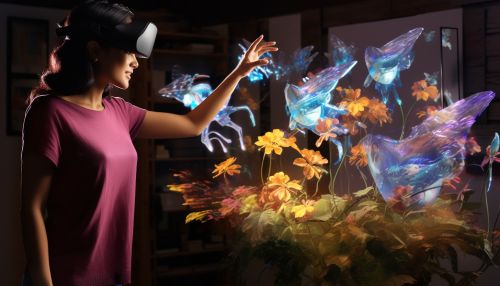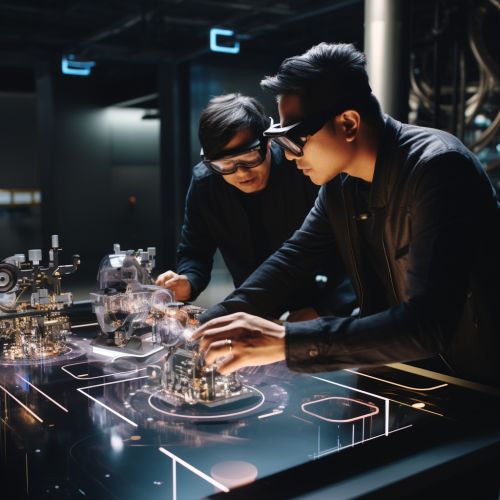The Science of Human Cognitive Styles in Augmented Reality
Overview
Human cognitive styles refer to the preferred way an individual processes information. This can vary greatly among individuals, with some people preferring more visual or spatial methods of information processing, while others may prefer verbal or analytical methods. Augmented Reality (AR) is a technology that overlays digital information onto the real world, providing a new medium for information processing and interaction. The science of human cognitive styles in augmented reality is a field of study that examines how these individual differences in cognitive style can affect the way people interact with and benefit from AR technology.


Cognitive Styles
Cognitive styles are psychological dimensions representing consistencies in how individuals acquire and process information. Different cognitive styles include field dependence versus field independence, holistic versus analytic, visual versus verbal, and impulsive versus reflective. Understanding an individual's cognitive style can help predict how they will interact with different types of technology, including augmented reality.
Augmented Reality
Augmented reality is a technology that superimposes a computer-generated image on a user's view of the real world, thus providing a composite view. This technology can be used in various fields such as education, medicine, entertainment, and engineering. The use of AR can significantly alter the way individuals perceive and interact with the world around them, and as such, cognitive styles can play a significant role in determining the effectiveness of AR technologies for different individuals.


Cognitive Styles and Augmented Reality
The interaction between cognitive styles and augmented reality is a complex one. Research has shown that individuals with different cognitive styles may have different experiences and levels of success when using AR technology. For example, individuals with a visual cognitive style may be more adept at interpreting and interacting with the visual-spatial information presented in an AR environment, compared to those with a verbal cognitive style. Similarly, individuals with an analytic cognitive style may be more comfortable with AR technologies that require systematic manipulation of digital objects, compared to those with a holistic cognitive style.


Implications for AR Design
Understanding the relationship between cognitive styles and AR interaction can have significant implications for the design of AR systems. Designers can use this knowledge to create more user-friendly interfaces that cater to a wide range of cognitive styles. For example, AR systems could be designed to offer both visual and verbal cues to cater to different cognitive styles. Similarly, systems could be designed to offer different levels of control over the digital environment, to cater to both analytic and holistic cognitive styles.


Future Research
There is still much to learn about the relationship between cognitive styles and AR. Future research could explore how other cognitive style dimensions, such as field dependence/independence or impulsivity/reflectivity, interact with AR technology. Additionally, research could investigate how cognitive styles may influence the learning outcomes of individuals using AR for educational purposes.


